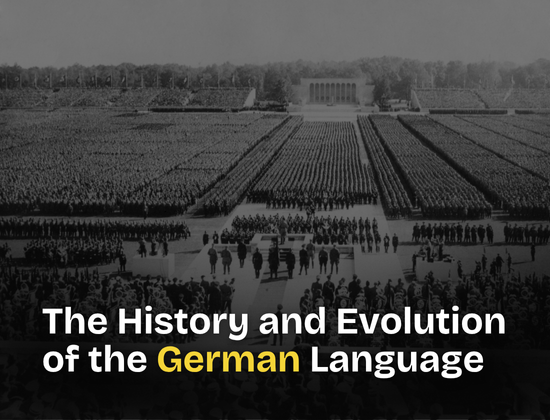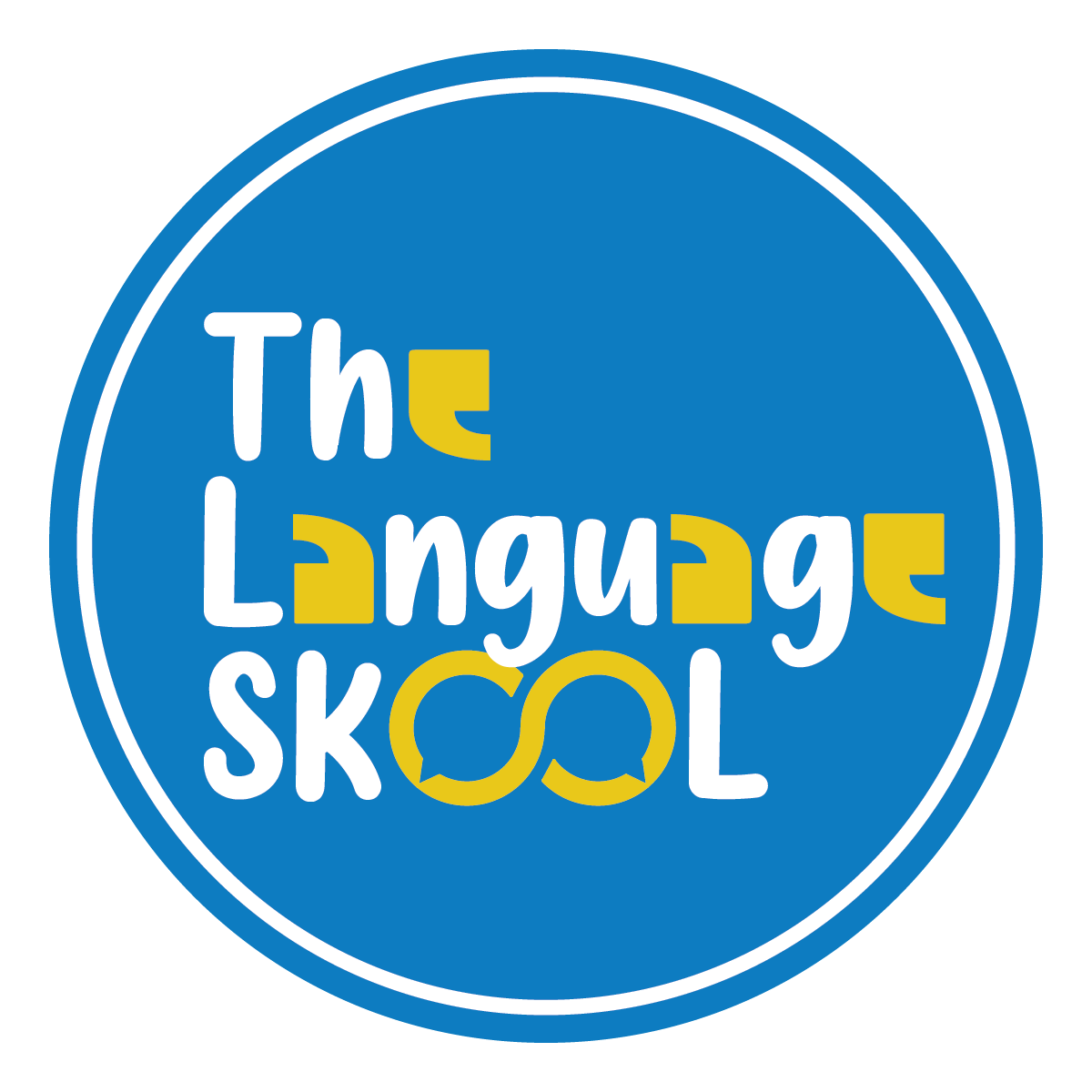
The History and Evolution of the German Language: From Barbaric Tongues to Global Influence
.
When you think of German today, you might picture long compound words, crisp consonants, and the poetic intensity of Goethe or Rilke. But the journey of the German language—from tribal chants in dark forests to a language spoken by over 130 million people worldwide—is a rich tale of evolution, invasion, and innovation.
Let’s step into a linguistic time machine and trace the incredible story of Deutsch.
1. Proto-Germanic Roots: The Prehistoric Whisper
Before Germany existed, before there were kings, borders, or even the concept of Germany as a nation, there was Proto-Germanic—a now-extinct language spoken by early Germanic tribes.
Dating back to around 500 BCE, Proto-Germanic evolved from Proto-Indo-European, the mother of many European and Asian languages. This early tongue was never written down but was reconstructed by linguists through comparative linguistics. It laid the foundation for German, English, Dutch, and the Scandinavian languages.
These early Germanic tribes roamed what is now Germany, Denmark, and parts of Scandinavia. Their language was oral, earthy, and rooted in the natural world. Words like Wasser (water), Feuer (fire), and Herz (heart) are linguistic fossils from this time, still intact today.
2. Old High German (500–1050 AD): The Birth of a Language
With the fall of the Roman Empire and the migration period, Germanic dialects began to evolve independently. This gave rise to Old High German (OHG), spoken mainly in the southern highlands of present-day Germany, Austria, and Switzerland.
Unlike Latin or Greek, OHG was not a language of empires or philosophers—it was rustic, practical, spoken by farmers, warriors, and monks.
This era gave us the first written records of German, such as:
-
The Hildebrandslied: An epic poem about a tragic father-son duel
-
Monastic texts: Translations of Latin religious texts into the vernacular
The Christianization of Germanic tribes played a huge role in shaping the language. Latin script became the writing system for German, and religious texts became key tools for linguistic standardization.
3. Middle High German (1050–1350 AD): Chivalry and Courtly Songs
As feudalism spread and knightly culture took hold, Middle High German (MHG) emerged. It was the language of minnesingers—poet-musicians who sang of love, honor, and epic quests.
This period saw:
-
A surge in literature, including Parzival by Wolfram von Eschenbach
-
Linguistic diversification, as different regions developed their own dialects (Swabian, Bavarian, Franconian, etc.)
-
A richer vocabulary, influenced by Latin and French due to trade and cultural exchanges
Interestingly, this was also the time when the Holy Roman Empire tried (and failed) to unify its many dialects under one linguistic banner.
4. Early New High German (1350–1650): Plague, Printing, and Protestantism
This era was defined by three forces that radically changed the German language:
a. The Black Death
The plague wiped out nearly one-third of Europe’s population. With it went entire dialect groups. Survivors migrated, mixing dialects and changing linguistic norms.
b. The Printing Press
In 1440, Johannes Gutenberg revolutionized language forever. The printing press enabled mass production of texts—and for the first time, standardization of spelling and grammar.
c. Martin Luther’s Bible (1522)
Luther’s translation of the Bible into a dialect of High German was monumental. It unified disparate dialects and brought written German into homes, churches, and hearts. It’s often credited with giving birth to modern Standard German.
5. Modern German (1650–Present): Standardization and Spread
By the 18th century, German had developed into something closer to what we recognize today. But it wasn’t until the 19th century—following Germany’s unification under Bismarck—that Hochdeutsch (Standard High German) became the official language of schools, media, and governance.
Highlights of this period:
-
Grammar books and dictionaries began to codify the language
-
Goethe and Schiller elevated literary German to new heights
-
World Wars and the Cold War fragmented German again—West German, East German, and Swiss German all evolved unique quirks
-
The Duden dictionary became the gold standard for German spelling and usage
6. German Today: A Language of Logic, Creativity, and Global Reach
Today, German is one of the most widely spoken languages in the world. It’s the most spoken native language in Europe, and an official language in Germany, Austria, Switzerland, Liechtenstein, Luxembourg, and parts of Belgium and Italy.
It’s also:
-
The language of engineering and innovation: Known for its precision and compound word-building (e.g., Geschwindigkeitsbegrenzung – speed limit)
-
A literary powerhouse: Home to Kafka, Hesse, Mann, and Grass
-
A language in flux: Young Germans sprinkle in English terms (Denglisch), and digital culture is reshaping vocabulary and syntax in real-time
Conclusion: The Ever-Evolving Tapestry
The story of the German language is not just about words—it’s about people, power, poetry, and progress. From oral traditions in tribal Europe to TikTok captions in Berlin, German has never stopped evolving. Each era has left its mark, and every speaker contributes to its ongoing story.
Whether you’re learning it for work, study, or love of culture, know that you're stepping into a language with deep roots and dynamic growth—a living bridge between the past and the future.
Ready to start your own German language journey?
At The Language SKOOL (TLS), we make German learning practical, engaging, and fun. Whether you're preparing for certifications, moving abroad, or just curious about the language, TLS helps you speak, understand, and thrive in German—faster and better.











